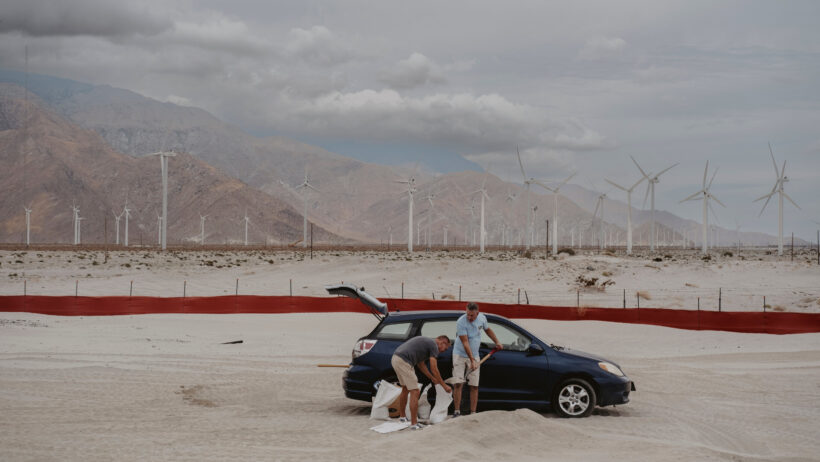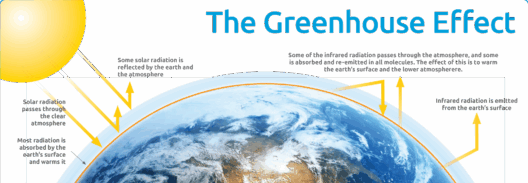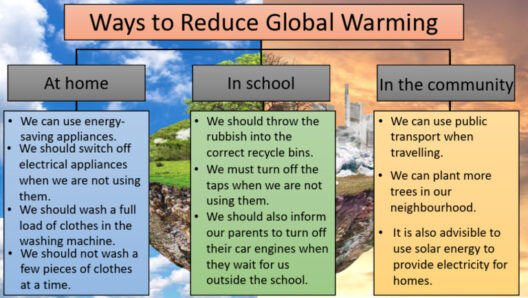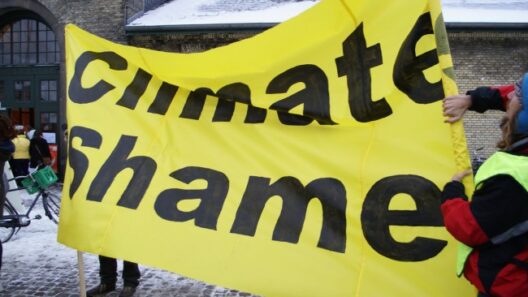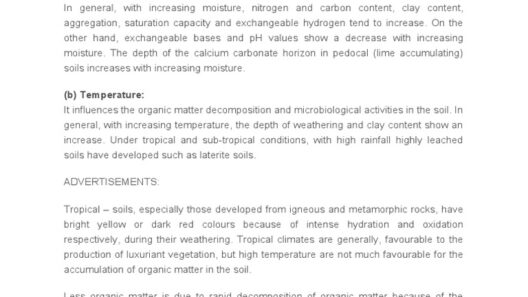In the ongoing discourse surrounding climate change, the question often arises: Can we actually stop it? This inquiry not only encompasses the tangible realities of our environmental crisis but also taps into the deep-seated emotions of hope and despair that accompany such a colossal challenge. As citizens of a rapidly warming planet, we stand at a crossroads, grappling with the complexities of human consumption, technological advancement, and our political structures. The answers are intricate, fiercely debated, and grounded in both scientific evidence and ethical responsibility.
Understanding the realities of climate change is imperative for framing our expectations and actions. It is essential to differentiate between what is realistically achievable and what may remain an aspiration. Recognizing the limits of our current efforts may inspire a renewed sense of urgency and solidarity among individuals, communities, and nations alike.
As scientists set forth the pernicious effects of carbon emissions, the challenge lies in not only curbing these emissions but also counteracting the adverse impacts already set into motion. Climate change manifests in extreme weather events, rising sea levels, and disrupted ecosystems. As these realities unfold, the allure of hope becomes both a motivator and a juxtaposition against the backdrop of stark urgency.
Climate Change: The Quagmire of Facts and Perspectives
Understanding climate change begins with an exploration of its multifaceted facets. The term encompasses an array of phenomena, from rising global temperatures due to anthropogenic greenhouse gas emissions to accelerating biodiversity loss. Each facet requires a diligent analysis of both scientific data and human behavior. This leads us toward a pivotal conundrum: as we acknowledge the severity of the crisis, we must confront the lapses in political will and societal commitment.
One of the most pressing issues we face is the unavoidable feedback loop that exacerbates climate change. Melting polar ice caps and deforested regions release stored carbon, thereby intensifying global warming. Such knowledge incites frustration among environmentalists, as solutions often feel disjointed from the swift action needed to mitigate these effects. Indeed, while innovative technologies—such as renewable energy sources, carbon capture, and electric vehicles—offer promising avenues toward a more sustainable future, they often encounter resistance rooted in economic and political inertia.
Between Temporal Hope and Immediate Reality
Hope serves as a vital catalyst for change. It unites communities and fuels the fight against climate issues. When envisioning a sustainable future, activists often point to the successes in renewable energy adoption, conservation efforts, and public awareness campaigns. Grassroots movements around the globe demonstrate the strength of collective action. Nevertheless, hope must coexist with realism.
When global leaders convened to discuss the Paris Agreement, they acknowledged that the fight against climate change requires unprecedented cooperation on an international scale. While commitments to limiting temperature increases to 1.5 degrees Celsius are commendable, they also invite skepticism. Have the commitments translated into actionable policies? Without substantial investment in infrastructure, education, and community resilience, the fear remains that they are merely platitudinal gestures.
The Landscape of Innovation: Solutions in the Making
Scientific research is paramount in decoding the climate crisis and formulating tangible solutions. Advances in technology provide an array of prospects. From asserting sustainable agricultural practices to enhancing energy efficiency in urban planning, innovative strategies abound. Yet the challenge remains: how do we galvanize stakeholders, including policymakers, corporations, and individual actors, into action?
Engagement through education is critical. Programs aimed at enlightening citizens about sustainable practices can foster a culture of conscious consumption. When we understand the environmental repercussions baked into everyday decisions, we enhance our ability to choose wisely. Furthermore, integrating climate education into school curricula can create a generational shift in attitude towards environmental stewardship.
Political Will and Collective Action
Looking back at historical precedents, significant political will has driven transformative environmental policies. The challenge lies in mobilizing this will on a scale commensurate with the climate crisis. Public interest in climate issues can be transient, often overshadowed by immediate concerns such as economic stability and social equity. This necessitates an appealing narrative that contextualizes environmental issues within broader social, economic, and health frameworks.
For climate action to gain momentum, citizens must hold their leaders accountable, advocating for policies that reflect scientific consensus. Democracy and civic engagement, whether on the streets or in voting booths, can reconfigure the trajectory of climate policy. By fostering a collective vision transcending political boundaries, we can pave the way for policy-oriented solutions.
Finding Balance: Hope Amidst Despair
In confronting the climate crisis, unyielding realism is essential. However, it is equally vital to nurture a sense of hope. Hope fuels activism; it propels innovation and engenders resilience in communities facing environmental adversity. Recognizing the delicate balance between realistic assessments of the current state and an optimistic vision for the future binds communities in shared purpose.
Ultimately, the question of whether we can stop climate change may be less about an absolute cessation and more about cultivating a sustainable equilibrium. By allowing hope and reality to coexist, we can forge a path that embraces innovation, activism, and collective responsibility. The narrative is not just about what we cannot control but rather what we can influence together. Embracing participation at all levels—individual, local, national, and global—can catalyze profound change. As we navigate the perils of climate change, we may yet discover that hope can indeed coexist with our bitter truths.



